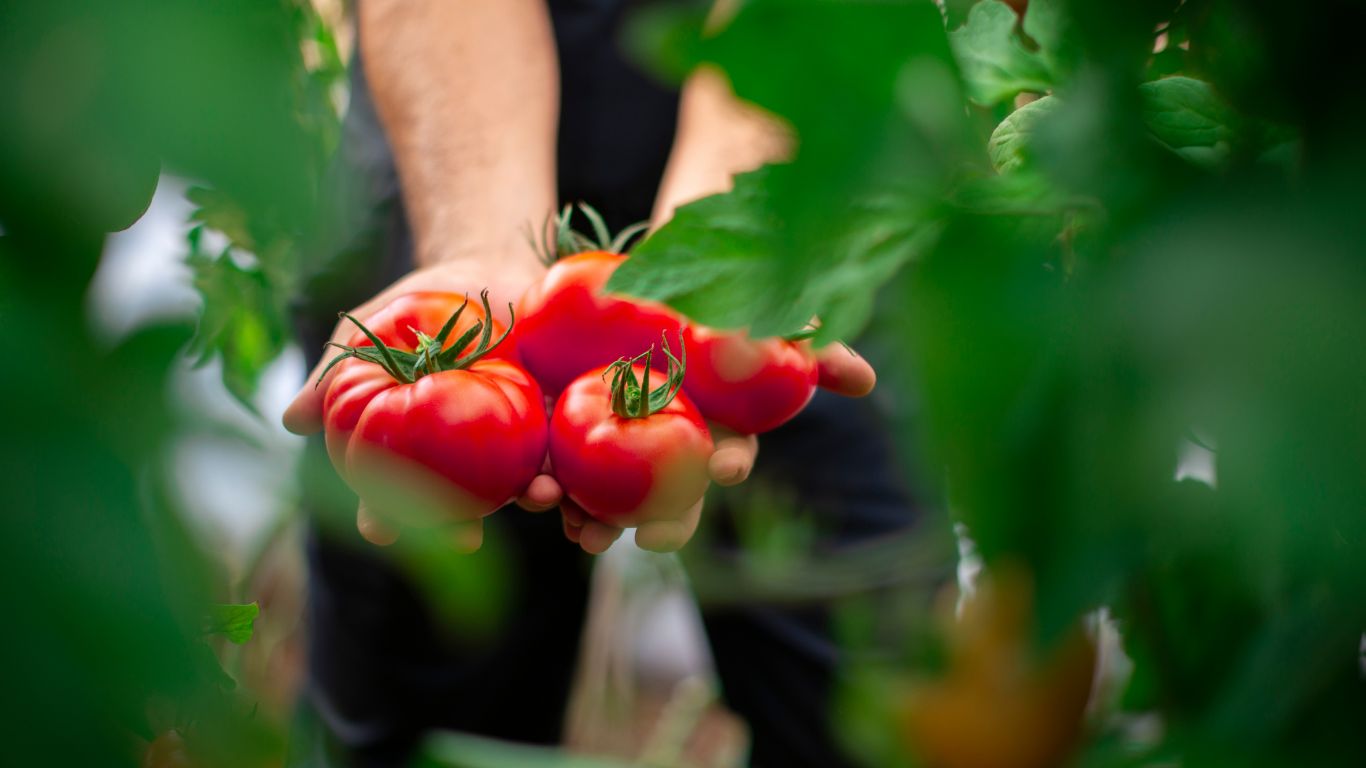Marketing can feel like a mystery to farmers who are focused on growing their products, responding to changes in weather, and the day-to-day demands of managing a farm. Even more challenging is the fact that marketing has changed dramatically over the last decade. Previously, farmers had two primary marketing channels, packing houses or roadside stands. There are now new sales venues from community supported agriculture, farmers’ markets, direct contracts with the hospitality and retail industries, and online sales platforms. With changing consumer preferences for sustainably and locally grown foods, new avenues to advertise and make sales in the digital age, and the disruption to regional, national, and international food supply chains caused by the COVID-19 pandemic, farmers are finding themselves in a new paradigm. With so many innovative marketing opportunities, they are unsure of which ones to pursue.
The United States Department of Agriculture Economic Research Service estimated the number of farmers’ markets increased by 180% between 2007 and 2014 and the number of regional food hubs increased by more than 288% (Low et al. 2015). In addition to these structural changes, consumers’ demand for food products has been evolving with a growing demand for locally, sustainably produced goods, organic or otherwise, that are of the highest quality (Roper & Rumble 2018). In 2020, US farmers made $9 billion in direct food sales, and increase of 3% from 2015 (USDA NASS 2022b). Direct food sales in the Southeast accounted for just 7% of these sales, $609 million (USDA NASS 2022a). Florida was the only state in the Southeast that made it to the top ten of direct food sales with $247 million, 41% of the regions total (USDA NASS 2022b). Please refer to https://southernagtoday.org/2022/06/local-food-sales-practices/ for more detailed information on local food sales in the Southeast.
This proliferation of niche and specialty markets are most accessible to small-scale farmers who are focused on quality and diversity and whose small size makes them nimbler to meet a particular buyer’s requirements and obtain the premiums for meeting them. The ability to participate in a variety of markets allows agribusinesses to have multiple revenue streams to diversify their risk so they can still earn an income when there is a disruption in one market. Farmers in the Southeast, in particular, may have more opportunities to take advantage of direct-to-consumer marketing schemes to be on par with the use of these markets by farmers in other regions of the US (USDA NASS 2022b).
While creating a marketing plan may seem daunting, it is a straightforward process when broken down into nine easy steps:

If you are interested in learning more about creating your own marketing plan and utilizing social media to market your agricultural services and products, you can find workbooks and step by instructional videos in English and Spanish at https://ruralengagement.org/digital-marketing-toolkit/
References
Low, Sarah A., Aaron Adalja, Elizabeth Beaulieu, Nigel Key, Steve Martinez, Alex Melton, Agnes Perez, Katherine Ralston, Hayden Stewart, Shellye Suttles, Stephen Vogel, and Becca B.R. Jablonski. (2015). Trends in U.S. Local and Regional Food Systems, AP-068, U.S. Department of Agriculture, Economic Research Service, January 2015. Available at https://www.ers.usda.gov/webdocs/publications/42805/51173_ap068.pdf?v=6801
Roper, C & Rumble, J. (2018) Talking local: Florida consumers’ reasons for purchasing local food. Available at https://edis.ifas.ufl.edu/publication/WC176
United States Department of Agriculture National Agricultural Statistics Service (USDA NASS). (2022a). Census of Agriculture: 2020 Local Food Marketing Practice Survey.
United States Department of Agriculture National Agricultural Statistics Service (USDA NASS). (2022b). Direct Farm Sales of Food: Results from the 2020 Local Food Marketing Practices Survey. Available at https://www.nass.usda.gov/Publications/Highlights/2022/local-foods.pdf

Authors:
Trent Blare
Assistant Professor in Food and Resource Economics at the Tropical Research and Education Center, Homestead Florida
Lauri Baker
Associate Professor in Agricultural Education and Communication at the Center for Public Issues Education, Gainesville, Florida
Fredy Ballen
Data Management Analyst II at the Tropical Research and Education Center, Homestead Florida
Blare, Trent, Lauri Baker, and Fredy Ballen. “How to Create a Marketing Plan in the Digital Era.” Southern Ag Today 2(51.5). December 16, 2022. Permalink











